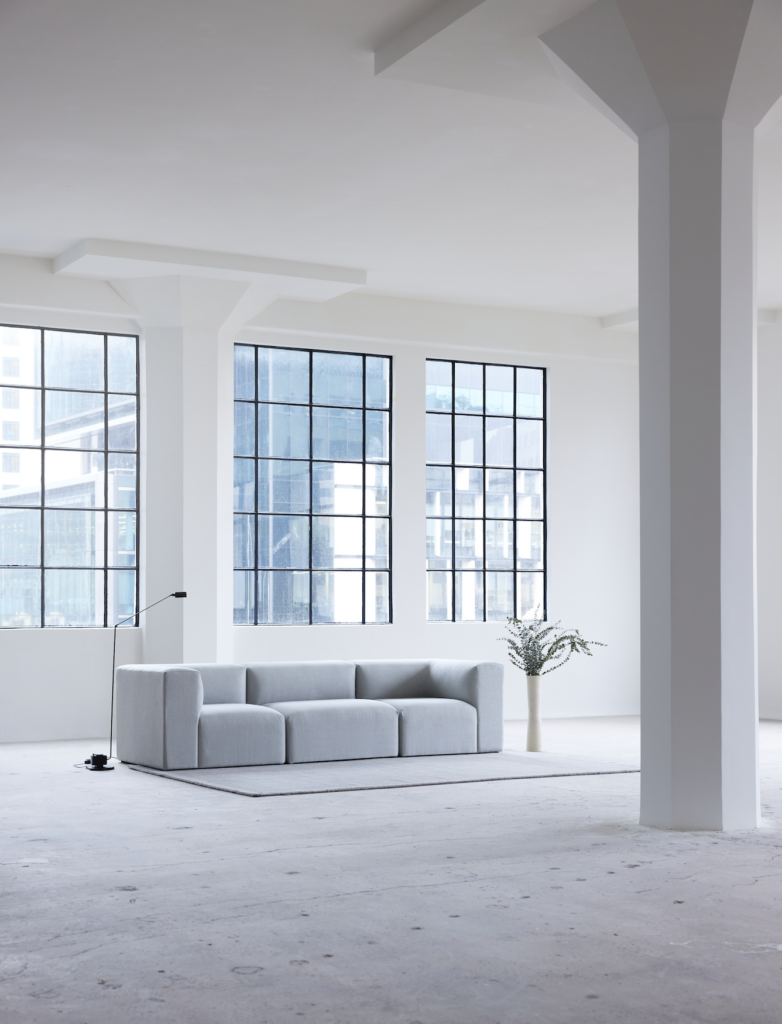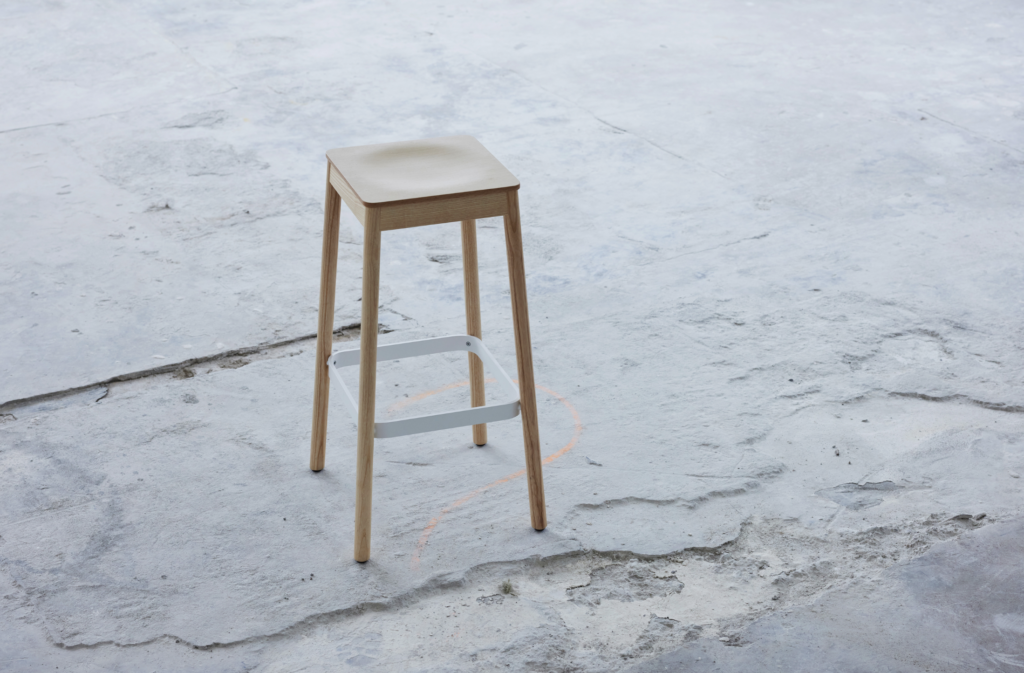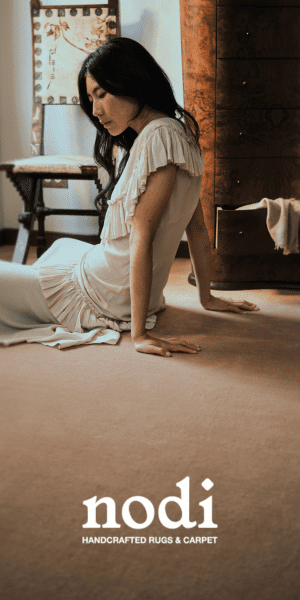There’s nothing about the Wednesday chair that’s vying for attention. It’s a simple piece that takes the bare essentials and turns them into something considered: a stackable cafe chair — designed for a range of environments.

There’s a purity of form that resonates across everything from the studio of industrial designer Lucas Wotawa. In this case, it’s encapsulated in refined details and simple geometries, and the way they fall in space.
“It’s understated and pared back, an unassuming silhouette considered through a familiar typology with proportions that offer a new identity,” says Lucas.

Made in Italy, the Wednesday chair was developed over a period of three years for Aspect Furniture, through which it is sold in New Zealand and Australia.
For Lucas, Wednesday is just the beginning. Next in line is an outdoor furniture range due for release early next year. We look forward to the next iteration in this story of refinement.
Designer Portfolio

Lucas Wotawa founded his Auckland-based studio in 2020. Creating items that are simple and considered, a thorough design process leads to discovering objects that are useful, relevant and desired for everyday living. With a pragmatic foundation and broad understanding of materials and manufacturing, Lucas finds solutions that achieve longevity by ignoring trends in favour of timeless designs.
The fundamental core of his studio is to develop via model making and prototyping. As Lucas explains it: “This hands-on approach creates outcomes where people are at the forefront of decisions, whether that’s the end user of the product or the craftspeople making it. Driven by restraint and refinement, the products created acknowledge a typology while finding a unique and contemporary identity. “
Here’s a look at some of Lucas Wotawa’s other recent pieces, which also explore and embody the concept of refinement.
The District Sofa
With the highest levels of comfort as the starting point the District sofa was a project in removing as much as possible to arrive at a design that feels like a pure expression of soft seating.
The modular sofa system is extremely versatile, its ability to be configured in multiple ways along with a range of upholstery fabrics makes it suitable for any domestic or corporate context.

The Wednesday Stool
The Wednesday stool was designed to be a modest item that fades into its environment, bound by the same principles as the Wednesday chair the object is almost as expected.
A steel footrest ensures the legs are anchored in a robust and hard-wearing way with the intention of creating a product with longevity. Like the chair, the stool is available in a range of finishes and suitable for any context.





